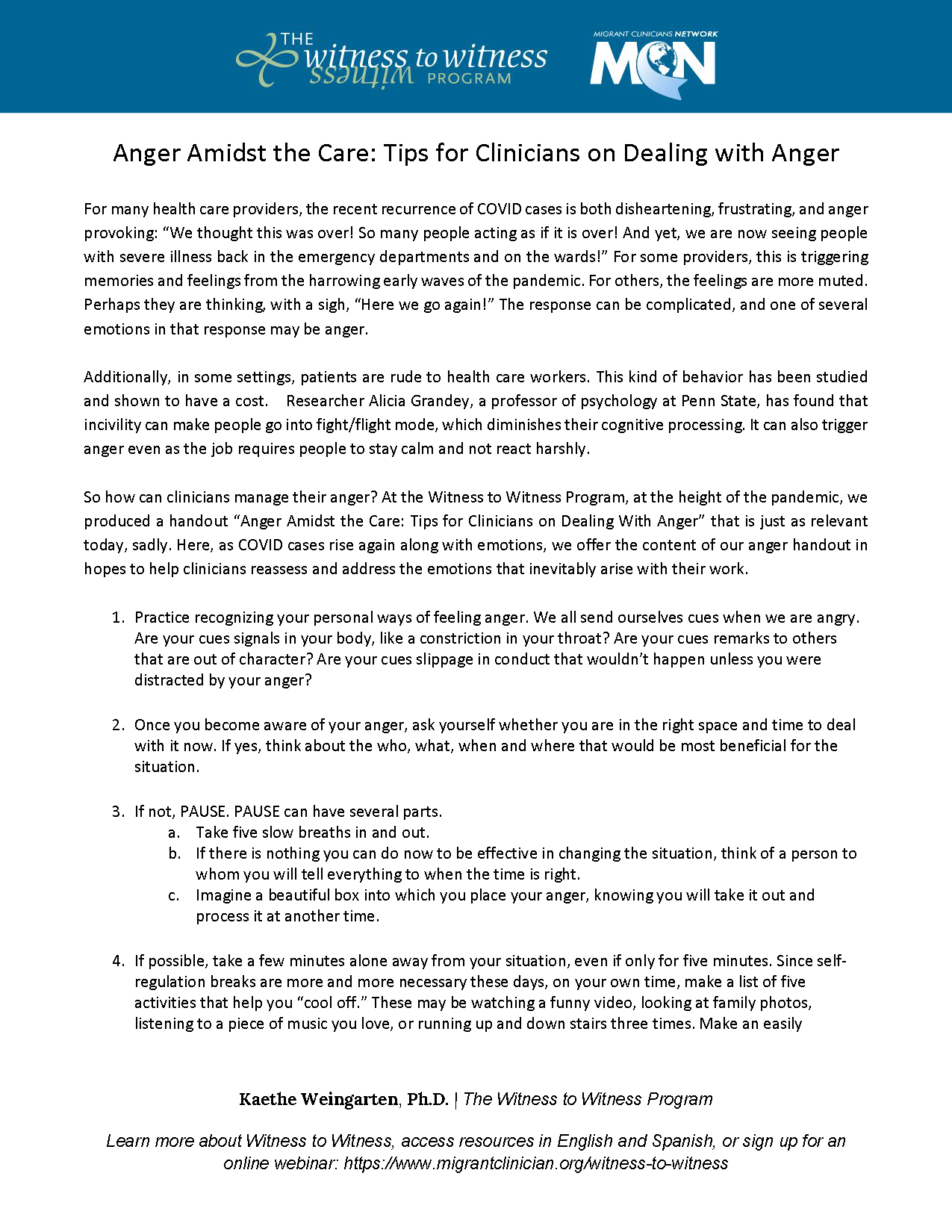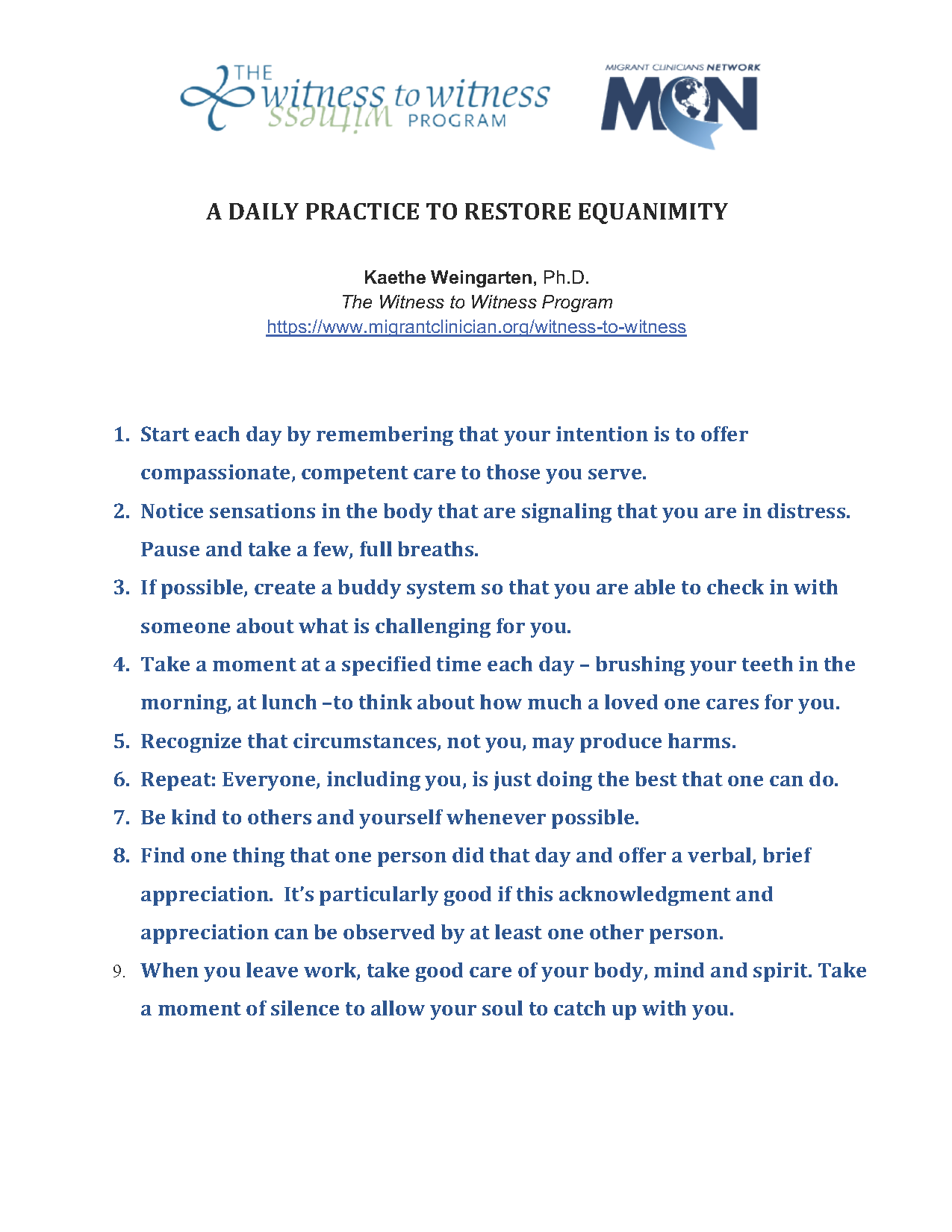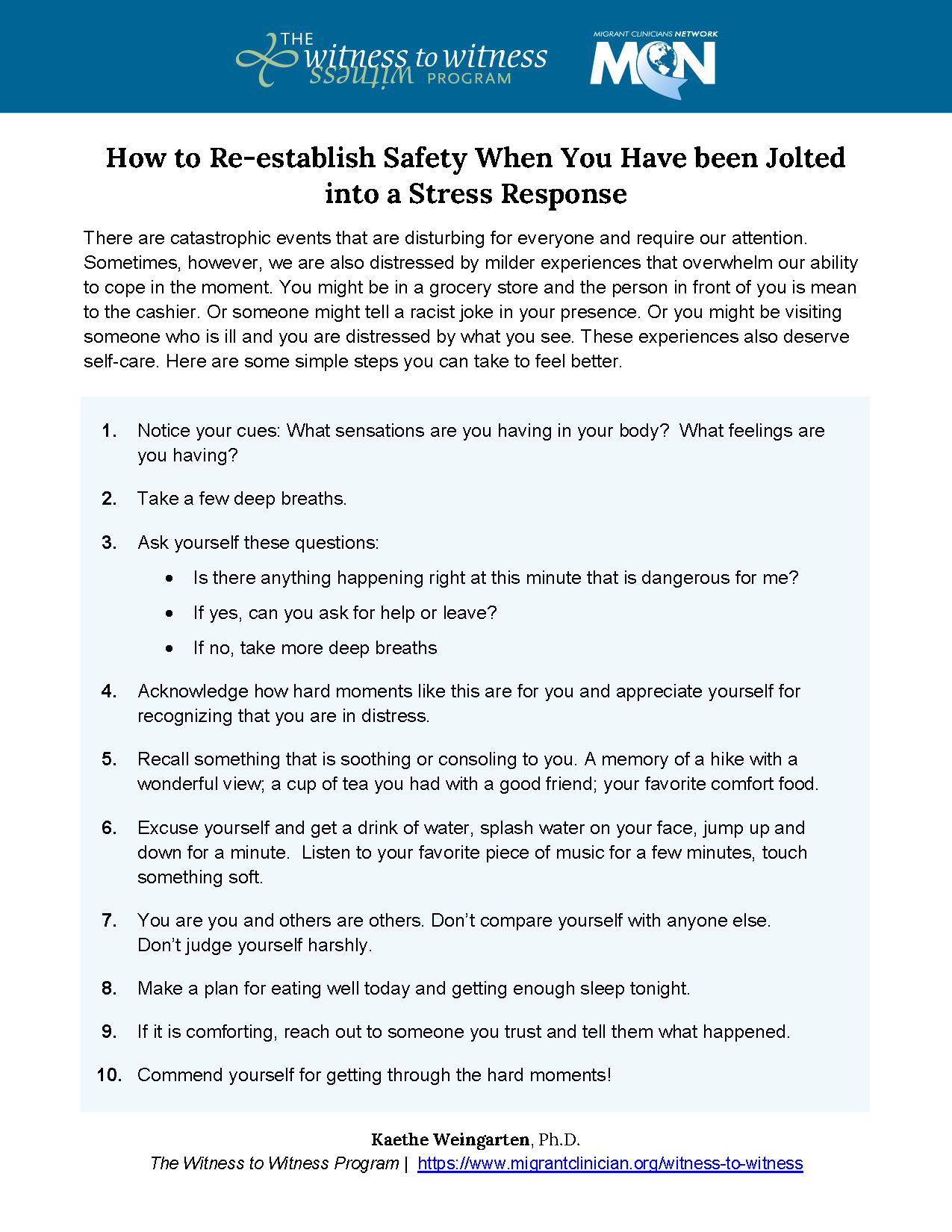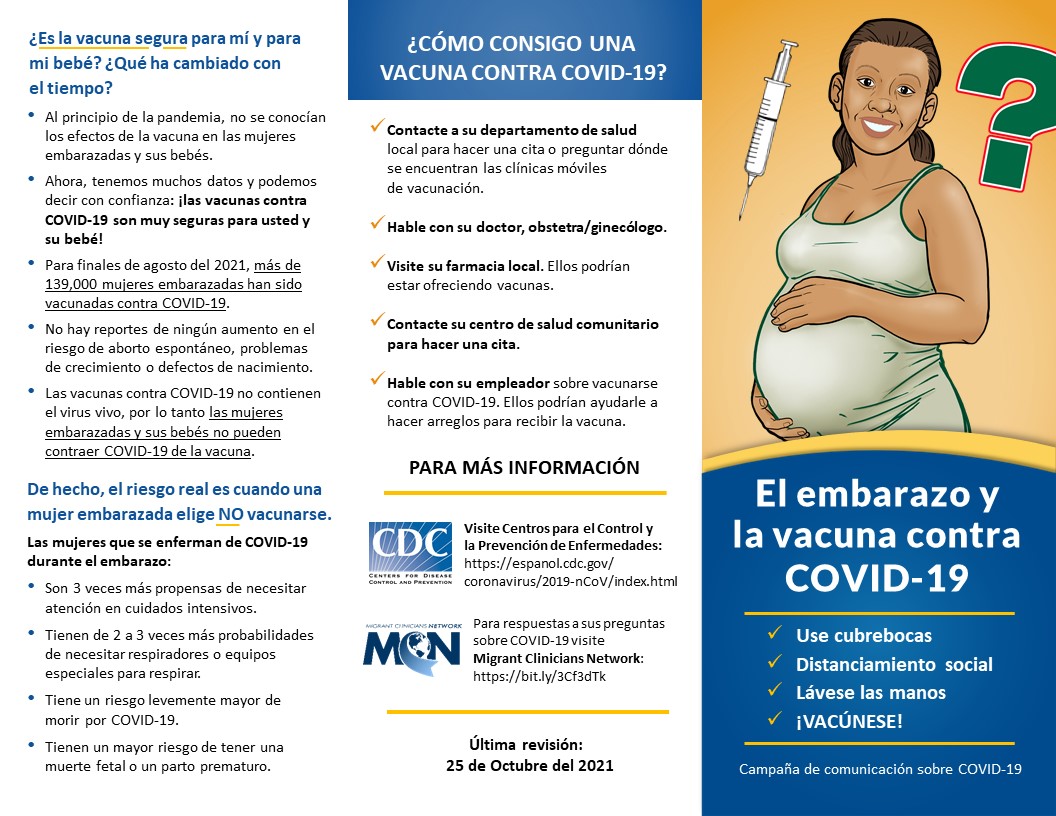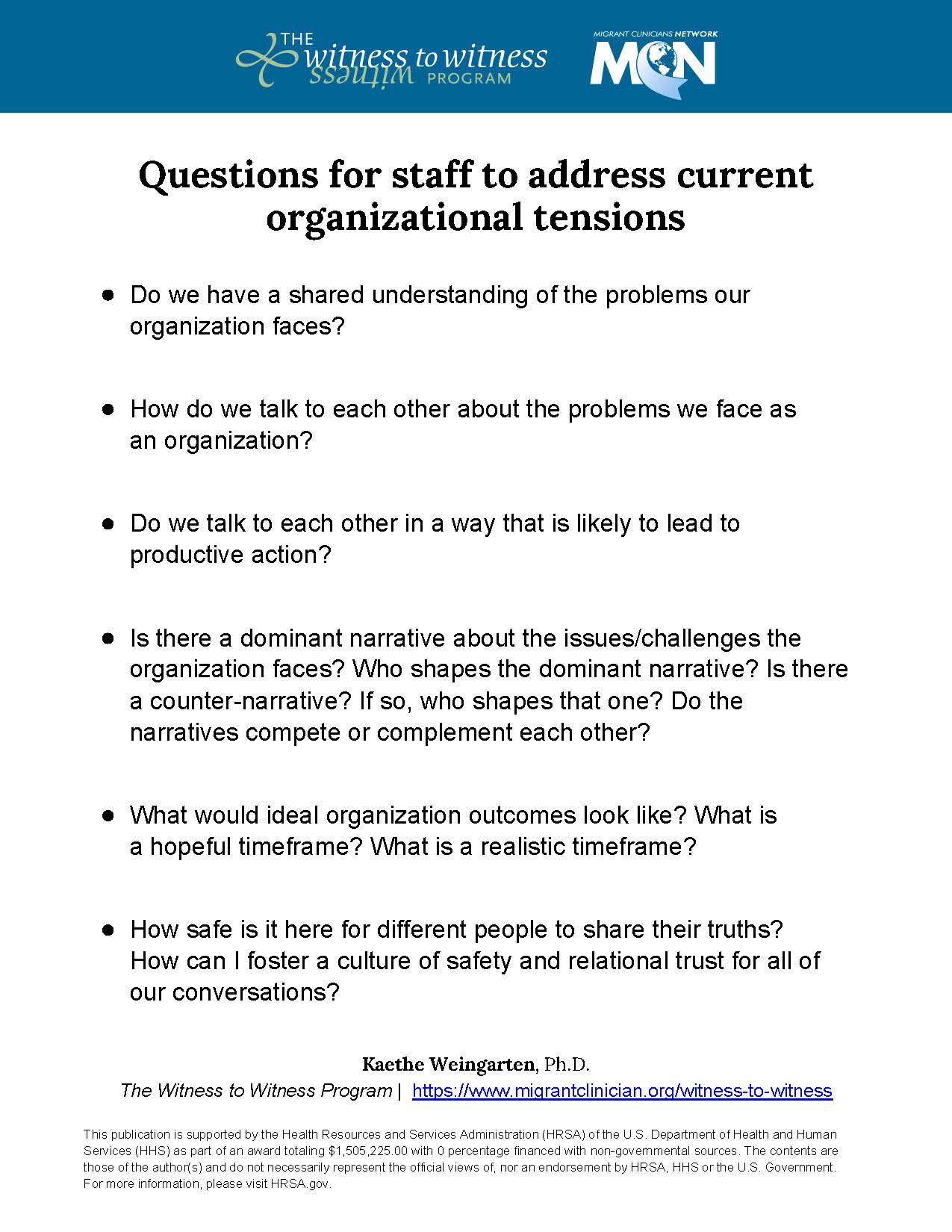READ IN ENGLISH
El mundo continúa lidiando con COVID-19 y no se alcanza la inmunidad colectiva y el escepticismo, resistencia y vacilaciones sobre las vacunas continúa representando un gran obstáculo. Durante los primeros meses del esfuerzo de vacunación, el cineasta Chris Newberry y su equipo siguieron a un conjunto diverso de profesionales de la salud mientras ganaban la confianza de las comunidades en riesgo en todo Minnesota. El documental resultante es un tributo a los médicos, enfermeras, organizadores y personas influyentes que están adoptando los esfuerzos liderados por la comunidad para superar las dudas sobre las vacunas.
Las guías de discusión para el documental se pueden encontrar aquí: Ingles / Español
Conversación con los creadores de la película y un panel de expertos:
Quien desee ponerse en contacto con los productores con preguntas o ayuda en la organización de su propio evento VOCES DE CONFIANZA, puede contactarnos aquí:
